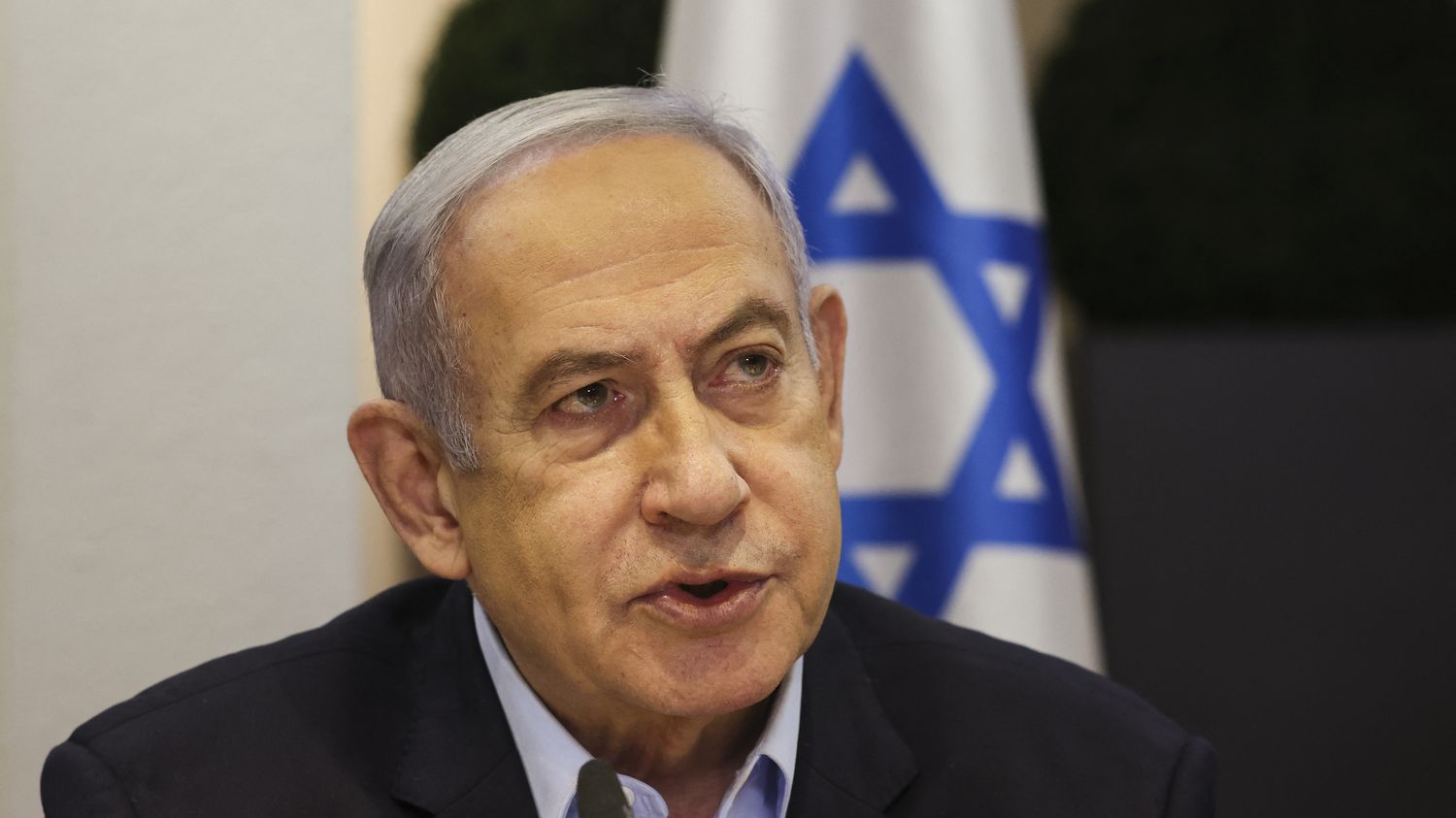While the Israeli Prime Minister assures that a military offensive on Rafah will take place and that a date has even already been set, the realities on the ground suggest that it could not take place for several weeks.

Published
Reading time: 1 min

The Israeli Prime Minister assures him: an offensive on Rafah, where nearly a million and a half Palestinians, mainly refugees, are concentrated, will take place. The date has even been set, Benjamin Netanyahu swore. But given the realities on the ground, this will not happen for several weeks at least. With the withdrawal of the 98th Division from Khan Younes, announced on Sunday April 7 and which has already largely been achieved, the Israeli army no longer has the human and material resources necessary to launch a ground attack on the highly urbanized and very densely populated Rafah.
The armed forces are expected to leave some elements of their 162nd Division on the ground, notably the Nahal Brigade and its 5 to 6,000 men who will take up positions around what is called the “Netzarim corridor”. This newly constructed axis cuts the Gaza Strip in two, from East to West, dividing it between Gaza City in the North, the center of the Khan Younes enclave and Rafah in the South.
Israel has not given the United States a date
The Nahal Brigade represents barely 15% of the volume of forces engaged at the height of the fighting. This does not mean that the shooting on the south of the enclave and in particular on Rafah will stop, but it will be more targeted shooting, operated by the aviation and primarily targeting the cadres of Hamas or Islamic Jihad, if they are spotted. Unless of course there is a ceasefire.
American Secretary of State Antony Blinken assured Tuesday April 9 that Israel had not provided the United States with a date for a possible military operation in Rafah.
